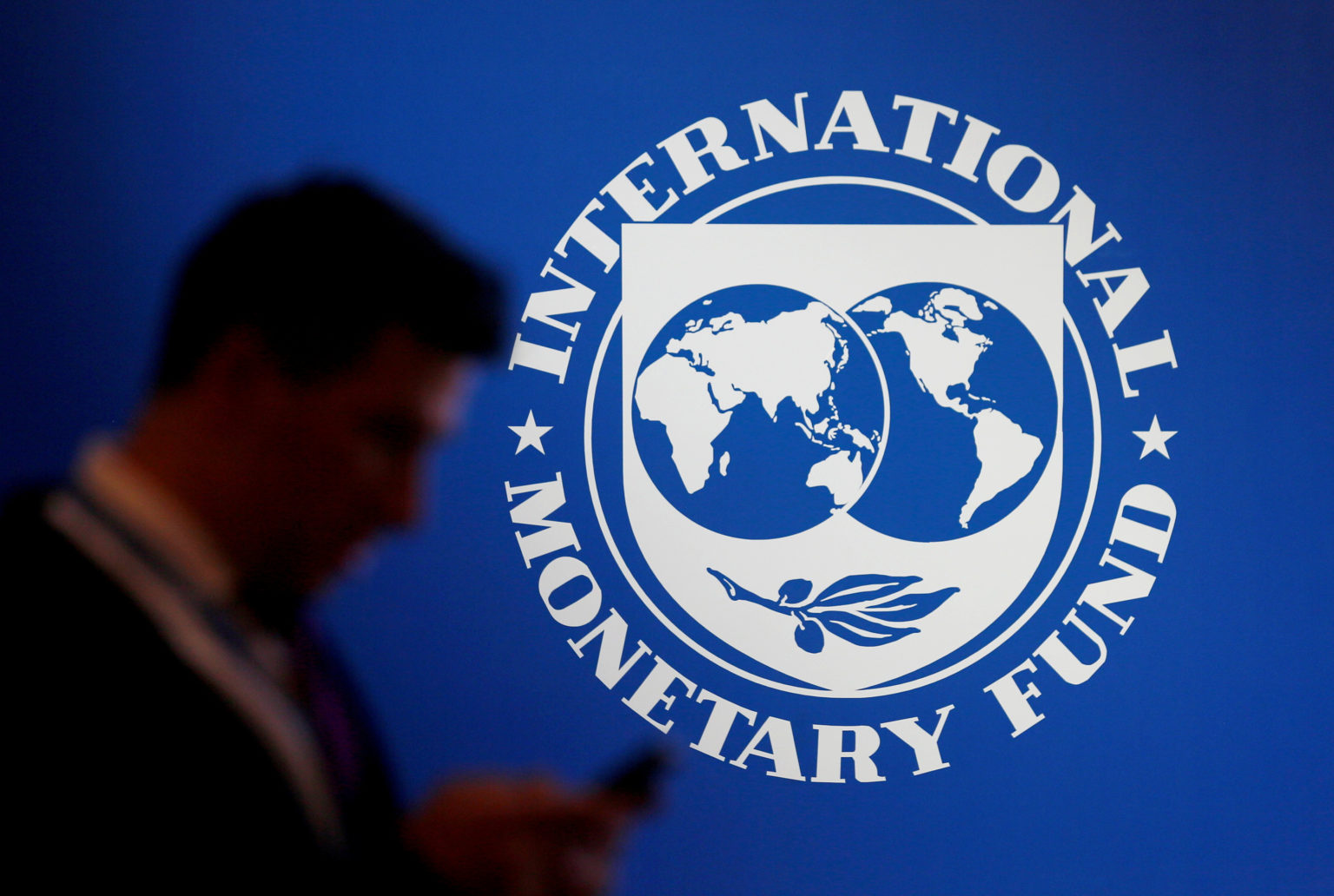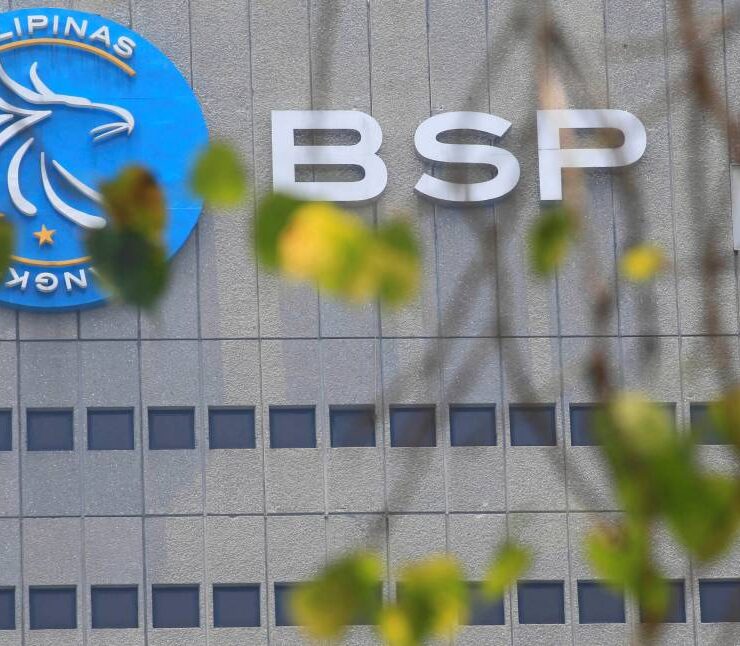PH GDP growth estimate for ʼ24 cut, but still 2nd fastest in Asean

The slower-than-expected economic expansion in the first quarter prompted the Asean (Association of Southeast Asian Nations) +3 Macroeconomic Research Office (Amro) to cut its growth outlook on the Philippines, with a weak external environment expected to weigh on the economy.
In an update to its flagship Asean+3 Regional Economic Outlook (Areo) report released on Tuesday, the international organization said it expects the Philippines to grow by 6.1 percent this year, lower than its old projection of a 6.3-percent expansion.
But despite the downward revision, Amro’s new forecast would nevertheless settle on the low-end of President Marcos’ 6 to 7 percent growth target for 2024. The Philippines would also be the second-fastest growing economy in Asean this year behind Vietnam, and would even outperform the region’s projected average growth of 4.8 percent if Amro’s new prediction is to be believed.
For 2025, Amro penciled in a faster 6.3 percent growth, albeit weaker than its old forecast of a 6.5 percent uptick for next year.
Hoe Ee Khor, chief economist at Amro, said the group turned less bullish on the Philippines “in light of the data that comes out in the first half of the year.”
“We have shaved down the growth for not just the Philippines but many of the countries in the region. As I mentioned, the recovery in the external sector was weaker than expected,” Khor told a press conference.
Government data showed growth of household spending eased to 4.6 percent in the first quarter—the weakest reading since the 4.8-percent contraction at the height of COVID-19 pandemic in the first quarter of 2021—amid stubbornly high inflation and interest rates.
That, in turn, held back the first quarter gross domestic product growth to 5.7 percent, slower than market consensus.
Unchanged
But while Amro had turned less upbeat on the Philippines, the International Monetary Fund (IMF) retained its growth projections of 6 and 6.2 percent for 2024 and 2025, respectively, in its “World Economic Outlook Update” released yesterday.
The IMF said its global growth forecast for this year is also unchanged at 3.2 percent, but flagged “slowing disinflation and rising policy uncertainty.”
“First, further challenges to disinflation in advanced economies could force central banks to keep borrowing costs higher for even longer,” the IMF said.
“That would put the overall growth at risk, with increased upward pressure on the dollar and harmful spillovers to emerging and developing economies,” it added.
In its updated report, AMRO trimmed its 2024 inflation forecast for the Philippines to 3.3 percent from 3.6 percent previously, but raised its price growth projection for next year to 3.1 percent from 2.9 percent before.
The easing inflation, in turn, may give the Bangko Sentral ng Pilipinas (BSP) room to ease its ultra-tight monetary policy settings ahead of the US Federal Reserve, Amro’s Khor said.
“Well, we should remember two things. One is that inflation is pretty well anchored in the region and growth has been pretty robust, so that gives the central bank a lot of flexibility to cut the rates,” he said.
“But central banks are holding back because the exchange rate is pretty weak, but they are all weakening together mostly,” he added.





















